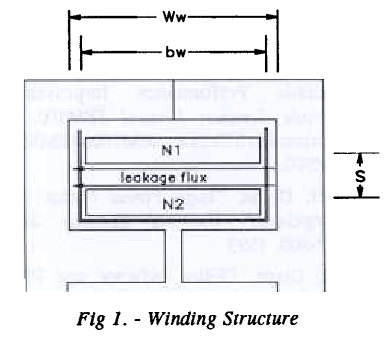eem2am
Banned
hello,
supposing one winding of this sepic inductor is open , and then the inductance of the other winding is measured....would the inductance read 100uH?
Sepic inductor = MSD7342-104ML (100uH)
** Sepic inductor datasheet =
https://www.coilcraft.com/pdfs/msd7342.pdf
if both windings are in series, then would the inductance of the two in series read 400uH?
(assuming the windings are connected dot to no_dot)
If both windings are paralleled, would the inductance read 100uH?
(assuming they are paralleled with dot connected to dot)
supposing one winding of this sepic inductor is open , and then the inductance of the other winding is measured....would the inductance read 100uH?
Sepic inductor = MSD7342-104ML (100uH)
** Sepic inductor datasheet =
https://www.coilcraft.com/pdfs/msd7342.pdf
if both windings are in series, then would the inductance of the two in series read 400uH?
(assuming the windings are connected dot to no_dot)
If both windings are paralleled, would the inductance read 100uH?
(assuming they are paralleled with dot connected to dot)
